Key consideration for installation of an epoxy flooring system
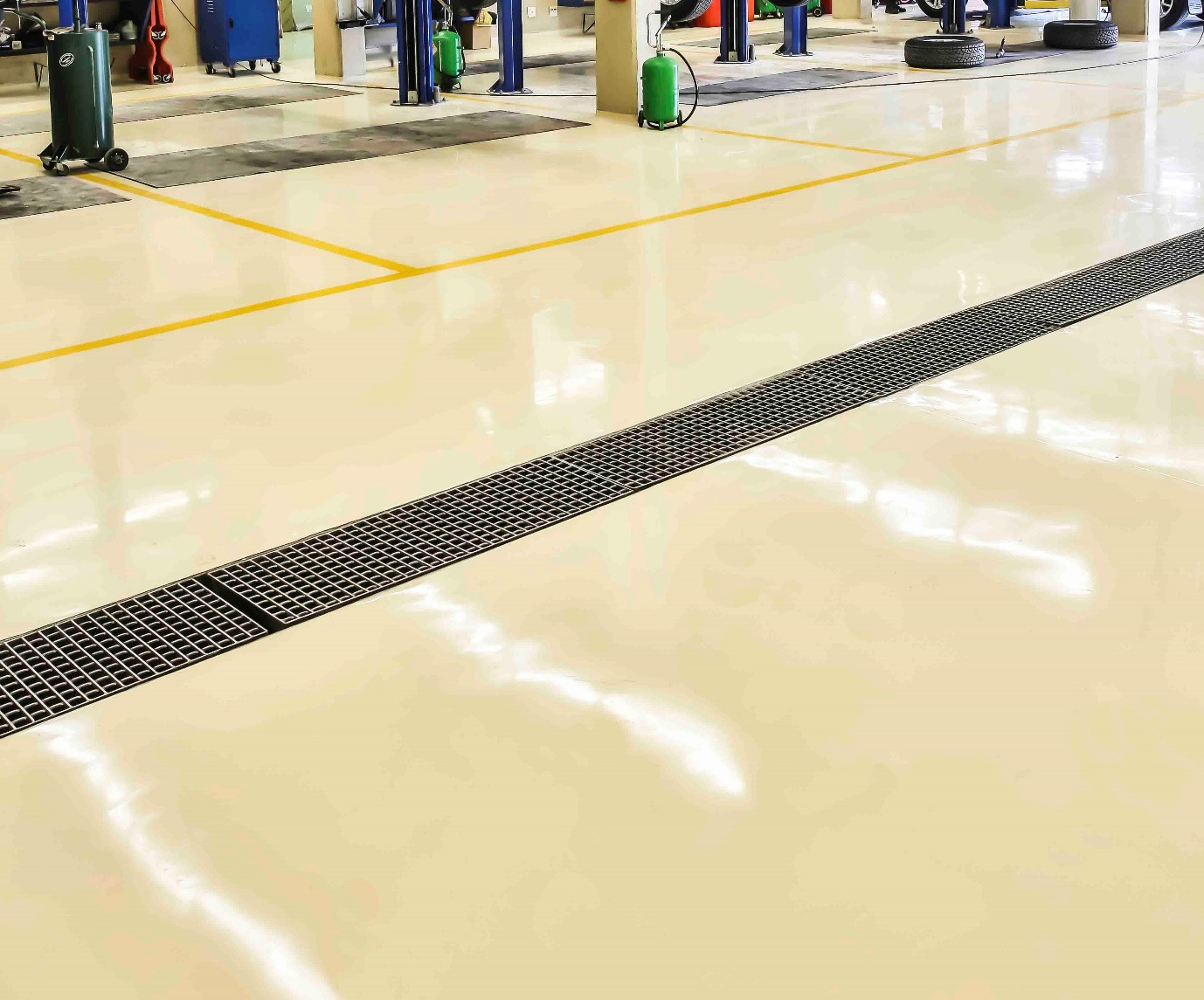

Epoxy flooring systems are well suited to most industrial applications, particularly where hygiene, chemical and/or abrasion resistance is important. However, there are several key factors to consider, to ensure a successful project.
Product selection
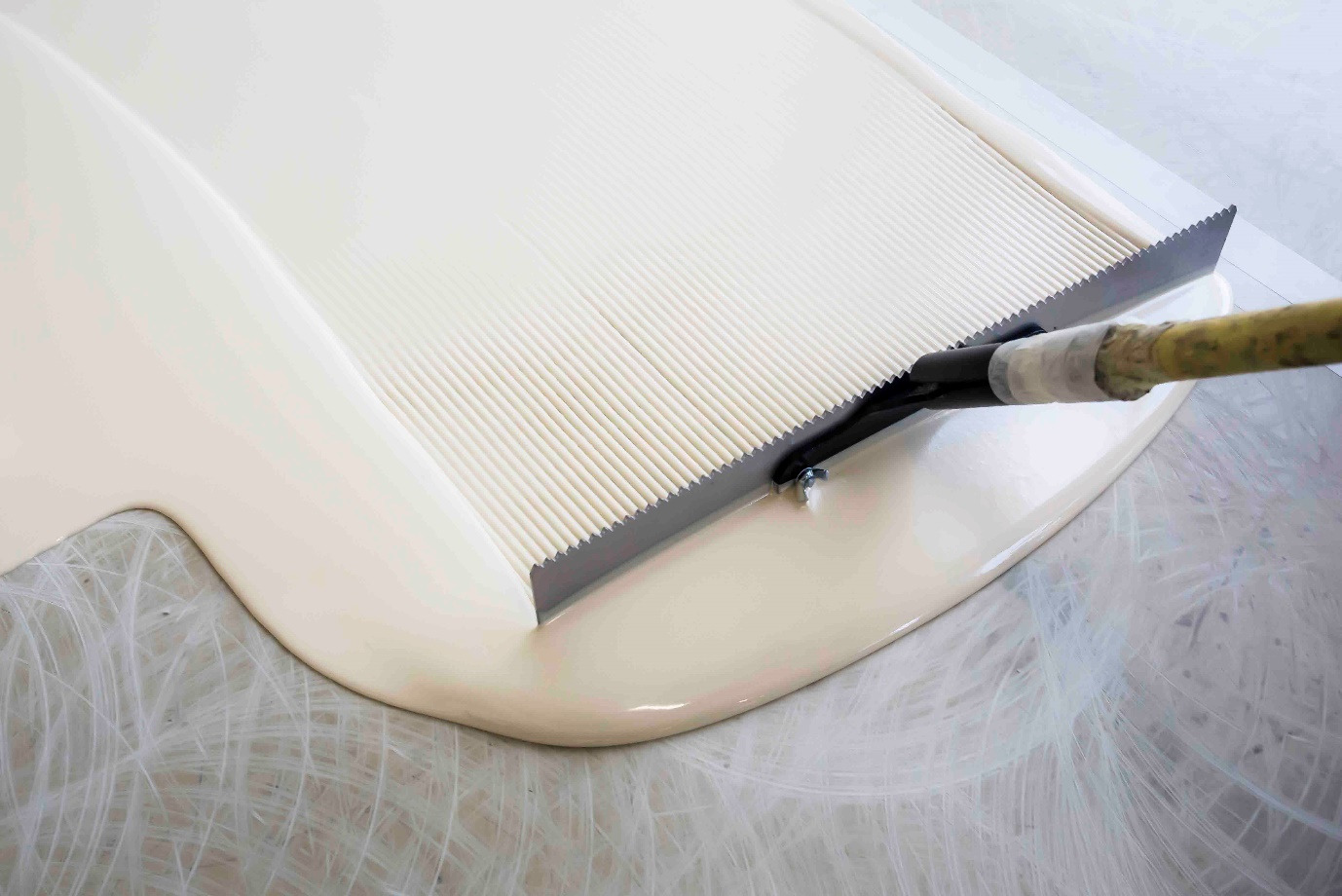

Using the correct system to get the surface finish you want is critical to ensure that you meet your client’s expectations for their application. When choosing a system, factors such as chemical exposure, anticipated traffic over the surface and the service and operating conditions determine the specific product selection and the installation thickness of the compound. For example, some products, such as the TAL EpoxyFloor SL range offer different formulations for different thickness of the coating (SL1, SL2, SL3), and TAL EpoxyFloor TF is designed for high abrasion and chemical resistance.
Surface preparation
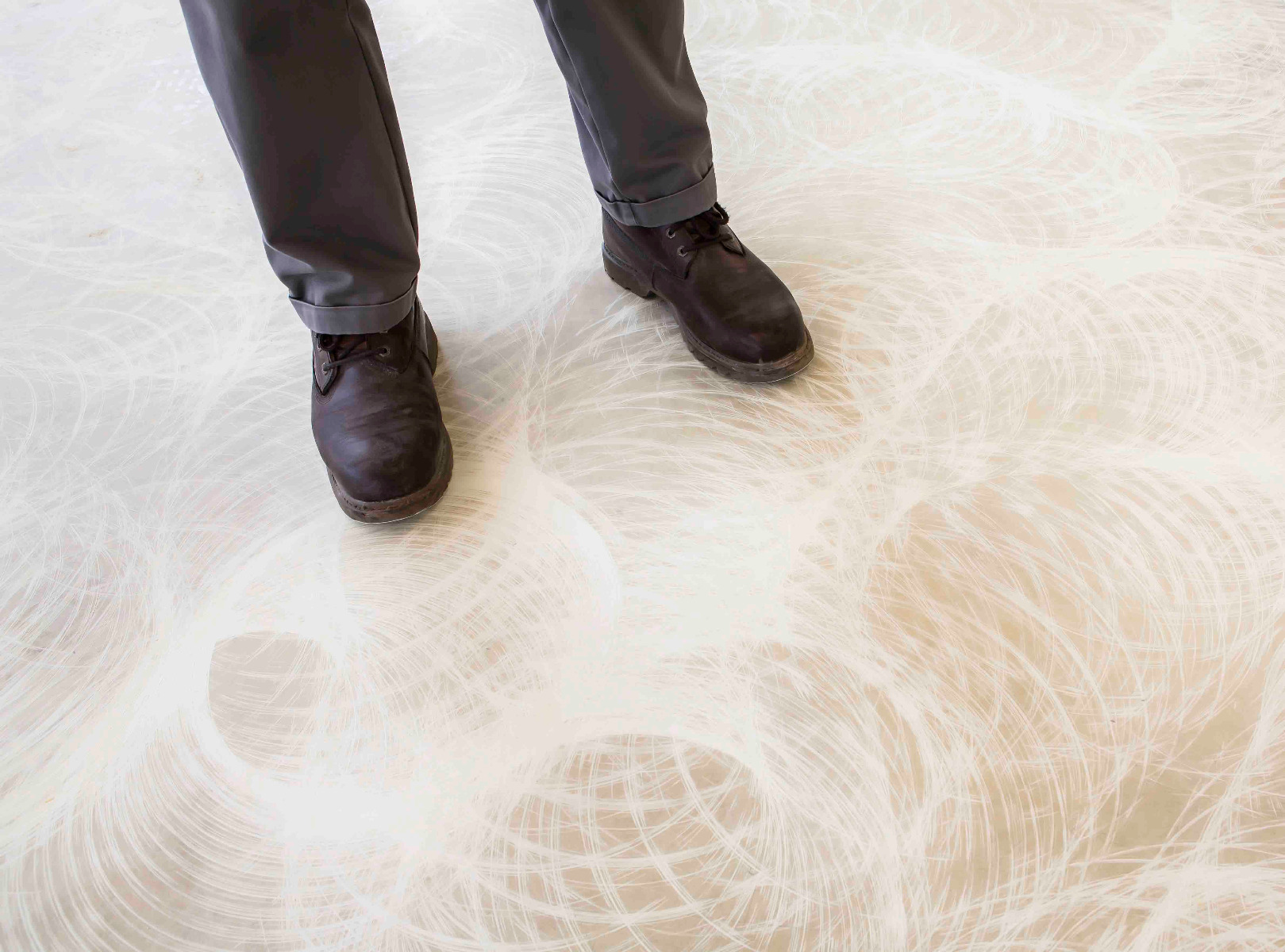

As with most floor coverings, the strength, quality and integrity of the substrate, as well as the design of it, combined with a thorough floor inspection, all form part of an important process that determines the success of the flooring system. Additionally, the right surface preparation and primer determine the long-term success of the installation.
If the epoxy system doesn’t chemically bond to the substrate, then cracking, peeling and delamination can occur. For an epoxy to successfully bond onto the substrate, it must be a) free of all contamination, and b) properly prepared. When installing epoxy flooring over old surfaces contaminated with oil, grease etc, the surface may need to be chemically stripped or degreased, followed by mechanical abrasion to prepare it properly for installation of an epoxy flooring system.
In cases where the substrate is weaker than 30MPa, there could be delamination of the resin flooring system due to a failure within the substrate itself. Unbonded or weak concrete should be removed and made good with TAL Slabpatch before applying the epoxy-resin.
Installation pitfalls
Priming is an important factor when installing an epoxy floor covering. Where no, or an incorrect primer has been applied, excess moisture or liquids can build up on the underside of the epoxy flooring system. As this moisture is unable to evaporate, or pass through the epoxy resin, it can cause a ‘blistering’ effect on the surface. A moisture tolerant primer and/or moisture or vapour barrier such as TAL VaporStop HB is therefore an important part of a well-planned multi-level system.
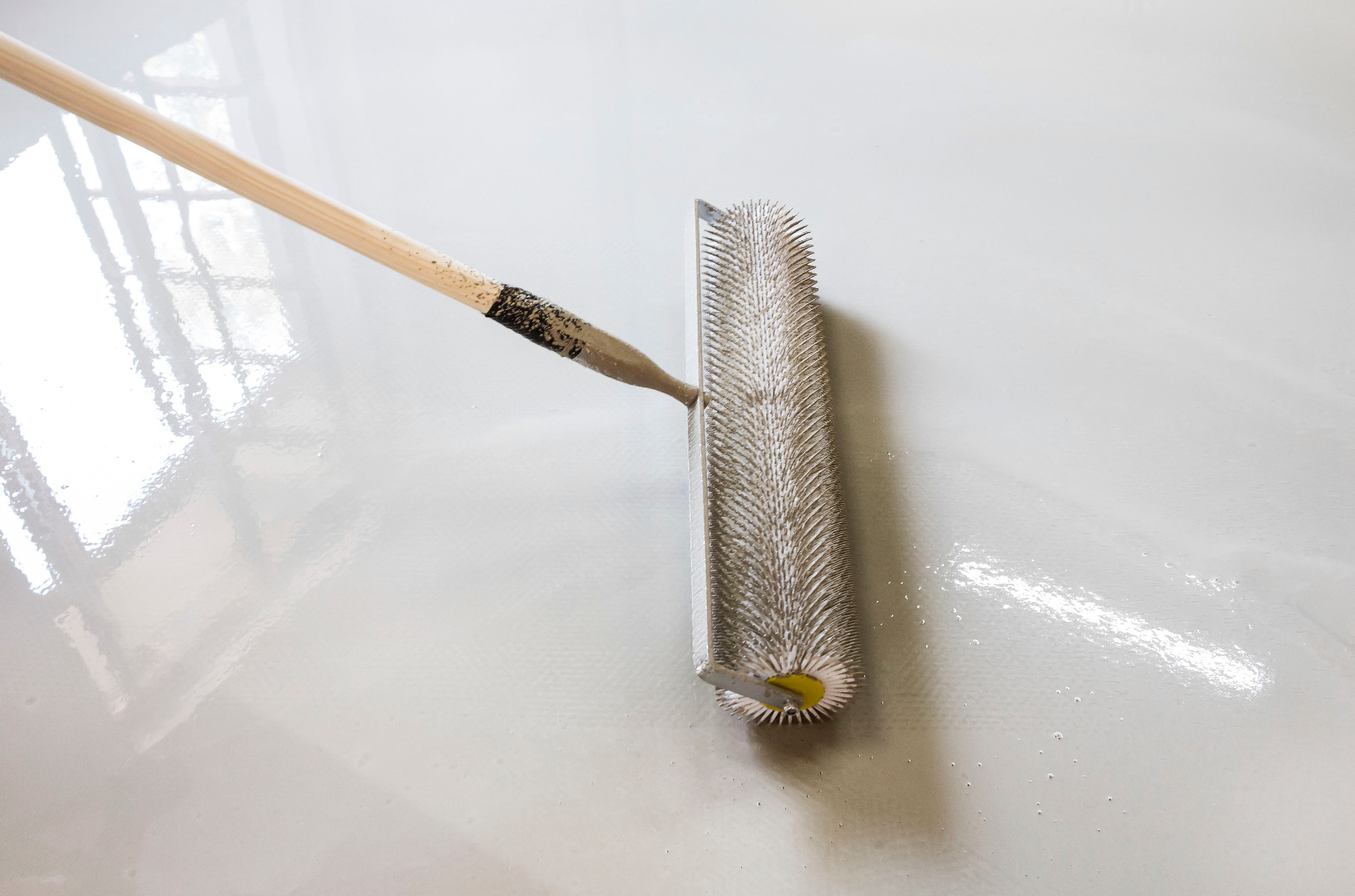

As with most floor coverings, the strength, quality and integrity of the substrate, as well as the design of it, combined with a thorough floor inspection, all form part of an important process that determines the success of the flooring system. Additionally, the right surface preparation and primer determine the long-term success of the installation.
If the epoxy system doesn’t chemically bond to the substrate, then cracking, peeling and delamination can occur. For an epoxy to successfully bond onto the substrate, it must be a) free of all contamination, and b) properly prepared. When installing epoxy flooring over old surfaces contaminated with oil, grease etc, the surface may need to be chemically stripped or degreased, followed by mechanical abrasion to prepare it properly for installation of an epoxy flooring system.
In cases where the substrate is weaker than 30MPa, there could be delamination of the resin flooring system due to a failure within the substrate itself. Unbonded or weak concrete should be removed and made good with TAL Slabpatch before applying the epoxy-resin.
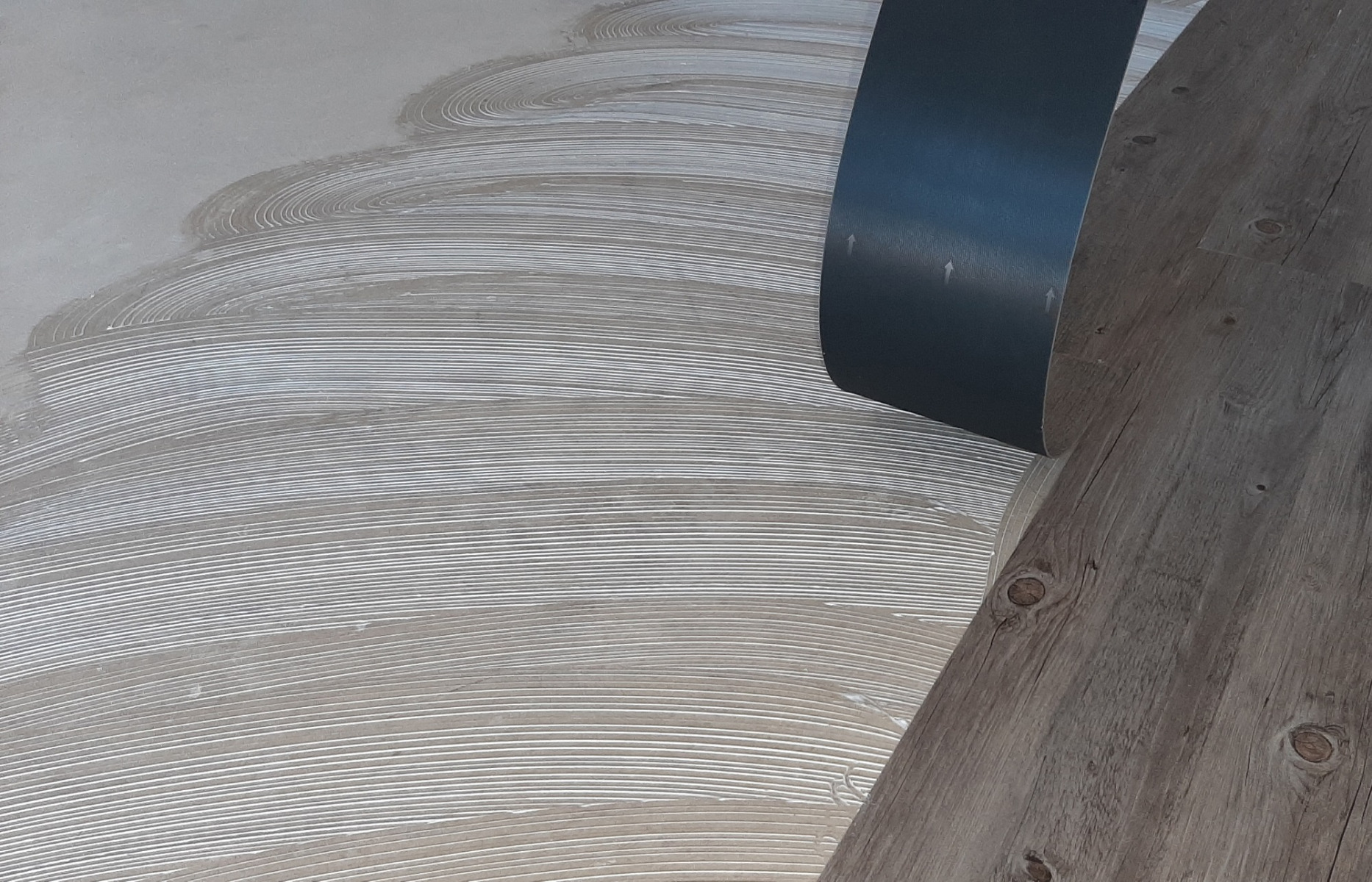

The final level of the system is applying an adhesive to the prepared surface for the LVTs or vinyl tiles, to adhere to. TAL Profix Plus LVT is a solvent-free adhesive that is specifically designed to work with the other elements of this multi-level system in a fully compatible way to deliver a superior end result.
For further information on preparation of substrates and specifications for multi-level floor covering installations, contact the TAL Technical Advisory Service.